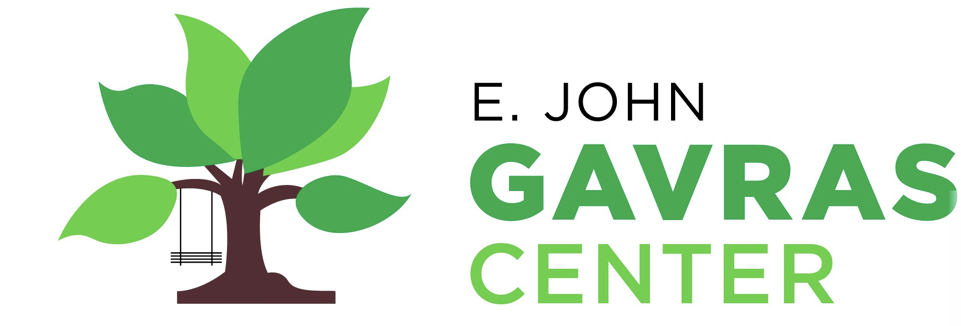Attendance and Chronic
Absenteeism
Student participation and attendance will be tracked regardless of the educational setting. The move to a virtual/remote learning environment or a hybrid model requires a multi-faceted approach to successfully monitor attendance and student engagement. In the event of a move to a virtual/remote learning environment, or a hybrid model, students and their families will be supported with access to virtual instructional content convenient to their time. Attendance, engagement, and communication will be tracked by staff having daily interaction with the family and documenting this. This information will also be shared with the home school district as well as the local county Health Department. The data collected will also ensure that students are provided with ample opportunity to continue to make progress toward their academic, and therapeutic goals.
Attendance Considerations & Flexibility
Virtual/remote attendance and participation options will eliminate the typical constraints of the school day to better accommodate the needs of families. Opportunities for student engagement will be accessible at any time through Google Classroom, other online learning tools, and printed materials mailed to the home where applicable. This allows flexibility for parents and students to complete their work as their schedules allow.
Attendance Tracking
The E. John Gavras Center will utilize the CMS system to track and monitor attendance records throughout the education division, regardless of program model. Teachers, or designees, will enter classroom attendance records in multiple ways as detailed in the following sections. Therapists will also use this technology to record attendance in IEP mandated therapeutic services.
Attendance for Reporting Purposes & Requirements
Recorded methods of contacting families will drive the method of contact used to engage families. If necessary, other means will be put into place to engage families.
Classroom Attendance
The classroom teacher, or other designated classroom staff member, will enter present/absent recordings as applicable to each child enrolled in the program. This module will reflect the presence of students in the classroom on the appropriate scheduled days.
Distance Learning Outreach
In addition to classroom attendance, the teacher or other designated classroom staff member will track student outreach measures. The communication will be categorized and be adjusted to meet program needs, which could include items such as:
Teleconferencing (Video Instruction)
Phone Call - Successful
Phone Call - No Answer
Voicemail
Google Classroom Post
Text Message
Email
Unable to Contact
The data collected here will be compiled into several reports that provide a numerical summary of each correspondence. This information will be monitored and will help inform discussions amongst the education team regarding student/family engagement, attendance, communication and outreach.
Distance Learning Details
Classroom staff, along with therapists, may also choose to document student engagement with better clarity. When utilizing the distance learning method and documenting within the attendance records, teachers, therapists, counselors, and other staff members as designated, can enter details regarding:
Type of correspondence with the family/student
Time and duration of interaction
Narrative details regarding the goals being addressed
Student progress details
All attendance entries as described above can be provided to school districts and local counties on a monthly basis as applicable to the program.
Chronic Absenteeism
In the event of virtual/remote programming or a hybrid model, the teacher or designated staff member will be responsible for contacting students on a daily basis via phone call, text message, email or other means of communication.
To support those students with extended periods of absences, or those that have failed to maintain contact with the education entity, the following protocol is to be followed:
If Contact Is Successful
If a student is absent, or fails to engage with educational materials for three consecutive days or longer, the teacher will attempt to contact the parent/guardian to check in.
Reasons for the absence will be reported to the administration and the school nurse to ensure that any necessary documentation or family support takes place.
The classroom and therapeutic staff will continue to provide learning opportunities through virtual instruction, websites to support learning objectives, or a combination of the two. The team will maintain contact with the student and family to continue to work toward curricular and therapeutic goals.
A known, or legally excused absence will not be penalized as chronic absenteeism.
Unknown Absence/ Failed Communication Attempts
If a student is absent for three consecutive days or longer, and the teacher or designee has been unsuccessful in reaching the family after five days, additional processes for outreach may be necessary.
The teacher will notify both the administration and the school nurse.
The school nurse will attempt to contact the family using multiple platforms as needed.
If the family is still unresponsive, the school nurse will report this information to the administration, as well as the Social Worker, or other designee.
The administration and social worker may opt to check in with the family via home visit.
If all communication attempts are deemed unsuccessful after a period of two weeks, the E. John Gavras Center will contact the applicable school district or CPSE/CSE chairperson to discuss next steps/additional efforts that should be attempted.
During this time, educational content and curricular goals should still be made readily available through virtual instruction, packets ma
